 In recent years, significant efforts have been made to construct artificial catalysts with enzyme-like activity. However, imparting specific substrate selectivity to artificial catalysts remains a major challenge.In this study, we developed a simple strategy to construct a MIL-53(Fe)-based nanocatalyst that exhibits tunable selectivity in the degradation of tetracycline (OTC).Through Fe–O–P linkages, the tetracycline aptamer (OA) can be easily anchored onto MIL-53(Fe), providing specific binding sites for OTC. We verified that the obtained MIL-53(Fe)-Apt nanocatalyst demonstrated enhanced catalytic ability in OTC degradation while showing significant inhibition towards other substrate analogs. This performance thus leads to the desired selectivity for OTC. Furthermore, we emphasize that the aptamer configuration on MIL-53(Fe) can be adjusted by altering the linkage method. Structure-function analysis revealed that the aptamer configuration affects the local concentration of substrates around the catalytic site, thereby determining the catalytic performance towards OTC. This work presents a simple and promising strategy for developing artificial catalysts with tunable selectivity.
In recent years, significant efforts have been made to construct artificial catalysts with enzyme-like activity. However, imparting specific substrate selectivity to artificial catalysts remains a major challenge.In this study, we developed a simple strategy to construct a MIL-53(Fe)-based nanocatalyst that exhibits tunable selectivity in the degradation of tetracycline (OTC).Through Fe–O–P linkages, the tetracycline aptamer (OA) can be easily anchored onto MIL-53(Fe), providing specific binding sites for OTC. We verified that the obtained MIL-53(Fe)-Apt nanocatalyst demonstrated enhanced catalytic ability in OTC degradation while showing significant inhibition towards other substrate analogs. This performance thus leads to the desired selectivity for OTC. Furthermore, we emphasize that the aptamer configuration on MIL-53(Fe) can be adjusted by altering the linkage method. Structure-function analysis revealed that the aptamer configuration affects the local concentration of substrates around the catalytic site, thereby determining the catalytic performance towards OTC. This work presents a simple and promising strategy for developing artificial catalysts with tunable selectivity.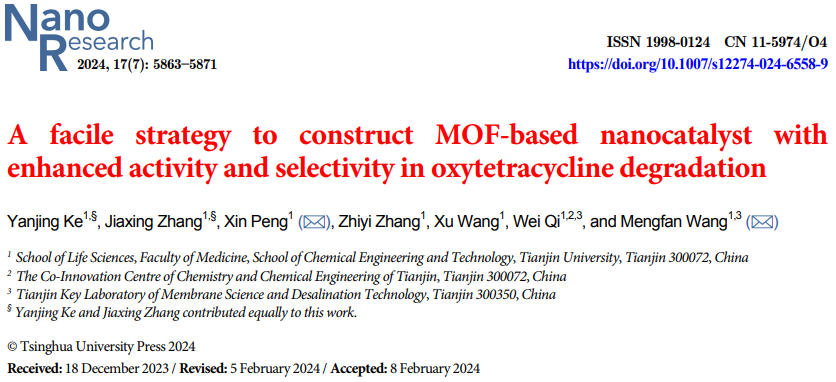
01 Research Background
-
Constructing artificial catalysts with enzyme-like activity is a current research hotspot.
-
Imparting specific substrate selectivity to artificial catalysts remains a significant challenge.
02 Research Objective
To develop a MIL-53(Fe)-based nanocatalyst with tunable selectivity for the degradation of tetracycline (OTC).
03 Catalyst Construction Strategy
-
By anchoring the tetracycline aptamer (OA) onto MIL-53(Fe) through Fe–O–P linkages.
-
This strategy enables the catalyst to exhibit the desired selectivity towards OTC.
04 Tunability of Aptamer Configuration
-
The study emphasizes that the aptamer configuration on MIL-53(Fe) can be adjusted by changing the binding mode.
-
Different binding modes will affect the conformation of the aptamer, thereby influencing the performance of the catalyst.
05 Structure-Function Analysis
-
Structure-function analysis revealed that the aptamer configuration affects the local concentration of substrates around the catalytic site.
-
The local concentration of substrates is a key factor determining the catalytic performance of the catalyst towards OTC.
06 Catalyst Performance
-
The catalyst exhibits high activity and selectivity in the degradation of OTC.
-
By adjusting the aptamer configuration, the performance of the catalyst can be further optimized.
07 Visual Guide
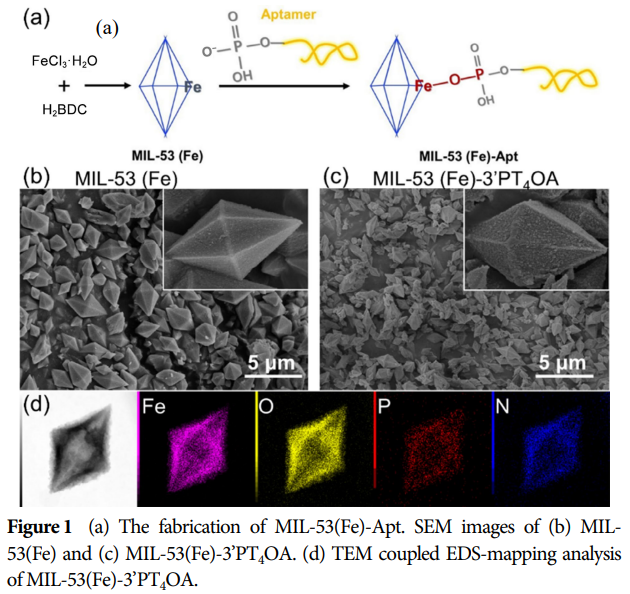

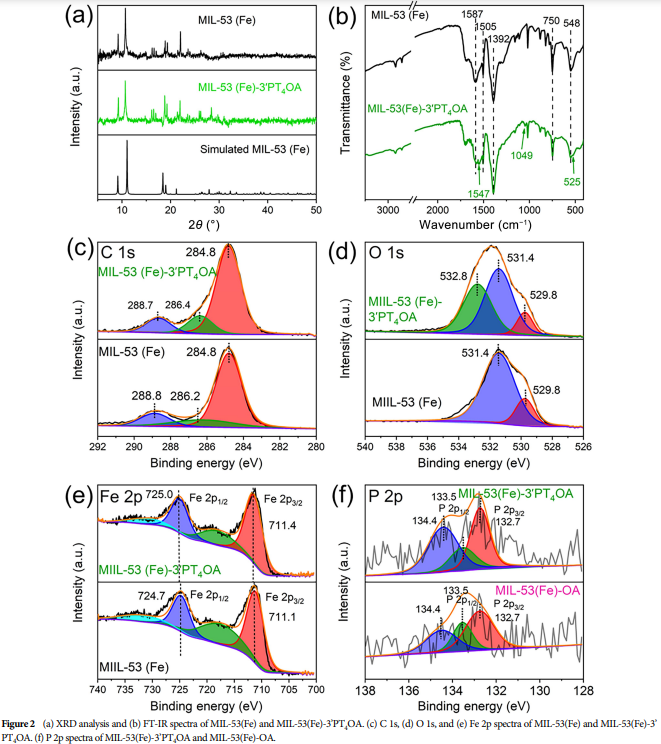

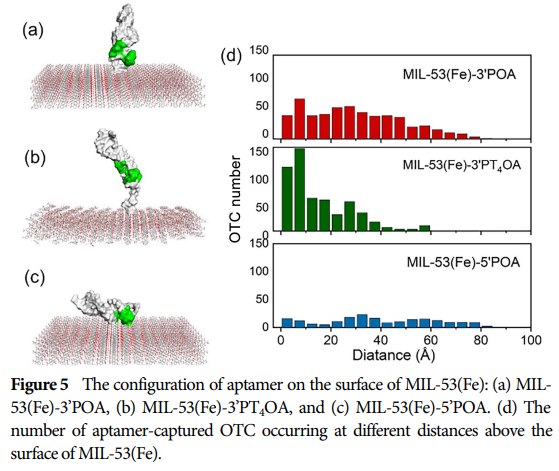
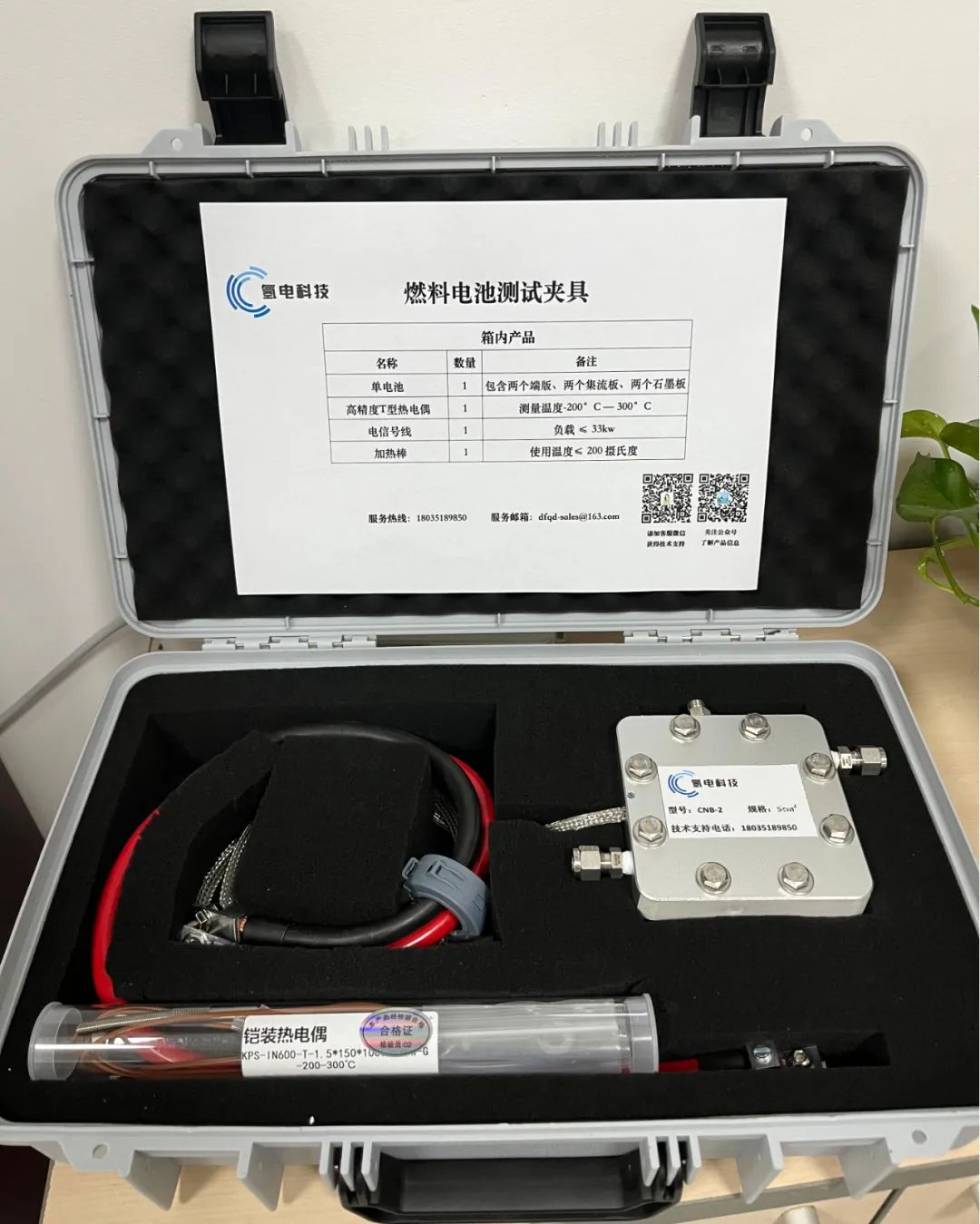

08 Research Significance
-
This work provides a simple and promising strategy for developing artificial catalysts with tunable selectivity.
-
This strategy offers new ideas and methods for constructing artificial catalysts targeting specific substrates.
In summary, this study successfully constructed a MIL-53(Fe)-based nanocatalyst through an innovative strategy, which exhibits excellent selectivity and activity in the degradation of tetracycline. By adjusting the aptamer configuration, the performance of the catalyst can be further optimized, providing new possibilities for developing artificial catalysts targeting specific substrates.
This article is provided by the Hydrogen Energy Research Assistant.Original link:https://www.sciopen.com/article/10.1007/s12274-024-6558-9